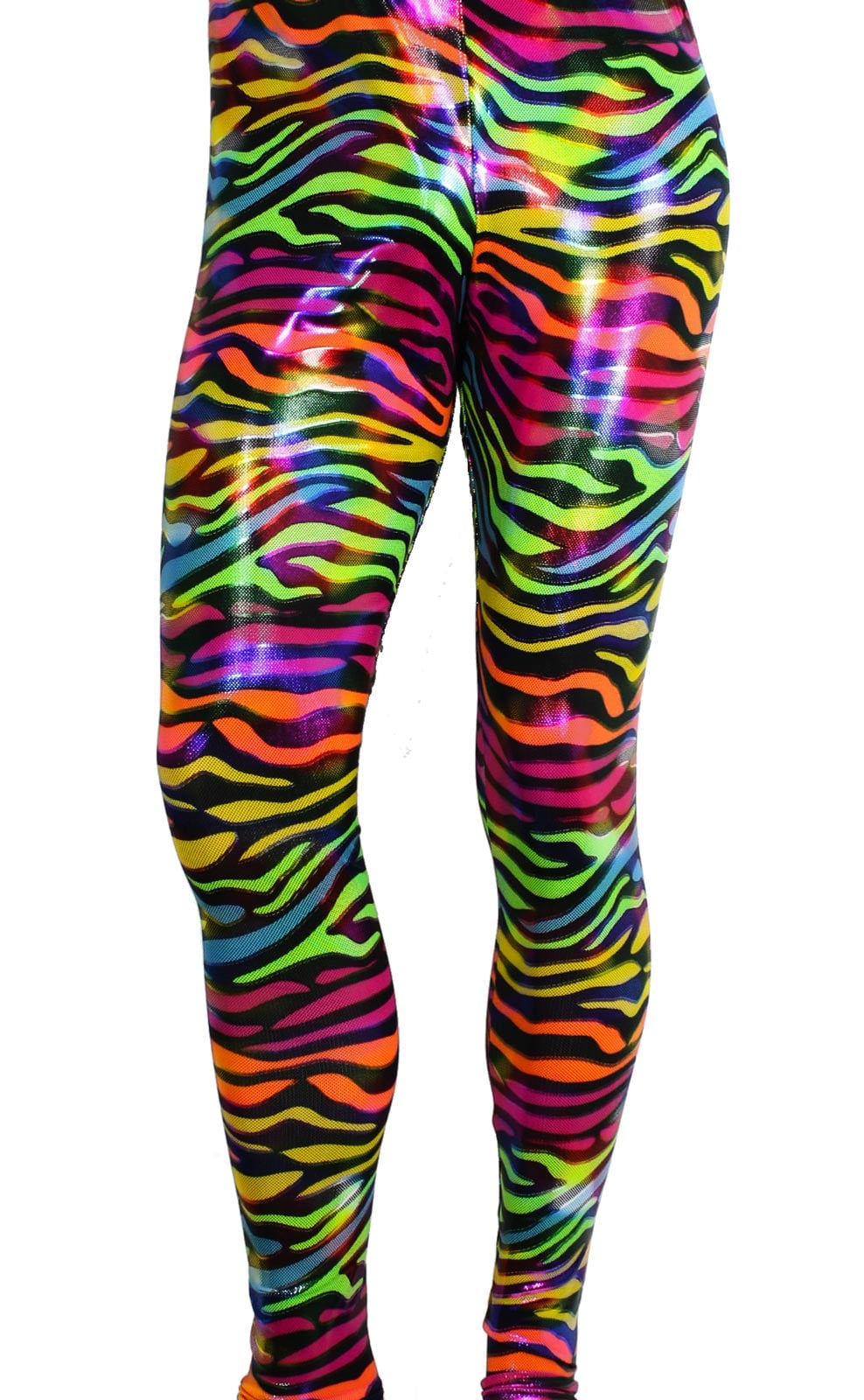

StitchFix, the personalized styling subscription company, reported Monday that it now has more than 4 million customers, which amounts to a 20 percent growth from the same time last year. “The answer is, it's a great opportunity, because maybe your clothing doesn’t fit anymore or your style changed, and retailers are in a great position to help customers to return to life.”

“We’re back to school, back to work, going out to restaurants and traveling - and what will that mean to retailers?” said Brian Dodge, president of the retail trade group Retail Industry Leaders Association. An April report from Pinterest found Gen Z led a 14-fold increase in searches for “zebra pants,” a 12-fold increase in “plaid pleated skirt” and a 133-fold increase in “'60s and '70s fashion” between the first quarter of last year and the same time this year. Gen Z is largely driving this maximalism trend, bucking the minimalism of their millennial counterparts. After a year in grey sweatpants, colors and prints are an opportunity to change up their attire. Relatedīut shoppers aren’t just looking for comfort in their clothes. Tapestry, which owns Coach, Kate Spade and Stuart Weitzman, told investors in May that outside of handbags it saw positive growth in footwear driven by an increase in demand for casual flats and sneakers. Kohl's has also seen growth in high rise and curvy fits.Įven footwear is having a resurgence. As people get out and socialize, retailers including Gap, Abercrombie & Fitch and American Eagle are seeing increased interest in looser, baggier and more relaxed fits across men's and women's denim. Think, boyfriend blazers, cropped jackets and oversized cardigans to compliment new proportions in looser-fitting bottoms with denim a key complimenting component.”īut even denim has become more forgiving. “In women’s, we are seeing interest in jackets and third layers. “For example, in men’s, tuxedos have traded to suits, suits have traded to khakis and dress shirts, khakis have traded to denim and polos,” he said. Occasion dressing has also become more casual and comfortable, said Doug Howe, Kohl's chief merchandising officer. They're wearing denim, and they're wearing jeans, they're wearing stretch fabrics, and they're wearing sculptured products.” They're not just wearing their fleece leisure wear. “People are going out, people are partying. “We believe the world is back,” Morris Goldfarb, CEO of G-III Apparel, which owns brands such as DKNY, told investors this week. Other stores were forced to shutter thousands of locations.īut as vaccination rates increase and federal public health agencies relax masking rules, shoppers and workers are eager to get back to living life in person - and with that comes the urge to wear something new and bright, according to retail analysts and brands. Retailers were among the first to be hammered by the pandemic, with dozens of retailers filing for bankruptcy, including iconic brands such as Lord & Taylor, J.Crew and Neiman Marcus. LaFleur's new line includes a blazer made out of soft cardigan material, otherwise known as a "jardigan." M.M. Before the country went into lockdown last spring, casual work wear made up about 25 percent of M.M.LaFleur sales now, it’s 60 percent.

The company’s new line, which includes a "jardigan," or blazer made out of soft cardigan material, has been booming.


 0 kommentar(er)
0 kommentar(er)
